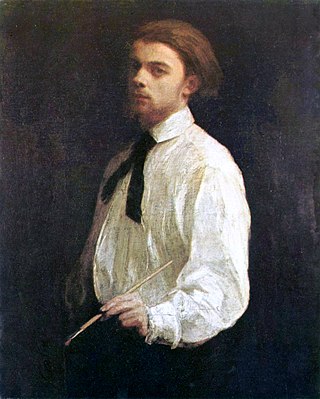
Henri Fantin-Latour was a French painter and lithographer best known for his flower paintings and group portraits of Parisian artists and writers.

John Singer Sargent was an American expatriate artist, considered the "leading portrait painter of his generation" for his evocations of Edwardian-era luxury. He created roughly 900 oil paintings and more than 2,000 watercolors, as well as countless sketches and charcoal drawings. His oeuvre documents worldwide travel, from Venice to the Tyrol, Corfu, Spain, the Middle East, Montana, Maine, and Florida.

Henri-Edmond Cross, born Henri-Edmond-Joseph Delacroix, was a French painter and printmaker. He is most acclaimed as a master of Neo-Impressionism and he played an important role in shaping the second phase of that movement. He was a significant influence on Henri Matisse and many other artists. His work was instrumental in the development of Fauvism.

William Hart, was a Scottish-born American landscape and cattle painter, and Hudson River School artist. His younger brother, James McDougal Hart, and his younger sister, Julie Hart Beers, were also Hudson River School artists, and his nieces Letitia Bonnet Hart and Mary Theresa Hart became well-known painters as well. Another niece, Annie L. Y. Orff, became an editor and publisher. He studied under Jules-Joseph Lefebvre.

Frank Cadogan Cowper was an English painter and illustrator of portraits, historical and literary scenes, also described as "The Last Pre-Raphaelite".

Frank Weston Benson, frequently referred to as Frank W. Benson, was an American artist from Salem, Massachusetts known for his Realistic portraits, American Impressionist paintings, watercolors and etchings. He began his career painting portraits of distinguished families and murals for the Library of Congress. Some of his best known paintings depict his daughters outdoors at Benson's summer home, Wooster Farm, on the island of North Haven, Maine. He also produced numerous oil, wash and watercolor paintings and etchings of wildfowl and landscapes.

Karel Dujardin was a Dutch Golden Age painter. Although he did a few portraits and a few history paintings of religious subjects, most of his work is small Italianate landscape scenes with animals and peasants, and other genre scenes. Dujardin spent two extended periods, at the beginning and end of his career, in Italy, and most of his paintings and landscape etchings have an Italian or Italianate setting.

John Ottis Adams was an American impressionist painter and art educator who is best known as a member of the Hoosier Group of Indiana landscape painters, along with William Forsyth, Richard B. Gruelle, Otto Stark, and T. C. Steele. In addition, Adams was among a group that formed the Society of Western Artists in 1896, and served as the organization's president in 1908 and 1909.
Reginald Jones, R.B.A (1857–1920) was an English landscape painter, who predominantly worked in oil, watercolour and pastel.

Joseph Vickers de Ville (1856–1925) was an English painter of landscapes and rural subjects.

Nestor Cambier (1879–1957) was a Belgian-British artist and draftsman whose portraits were compared favourably with those of John Singer Sargent but who now is largely forgotten. He also painted landscapes, city and interior views, still-lives, murals and stained glass, and also produced numerous pencil and chalk drawings.

Robert Fowler was a Scottish artist who painted mythological scenes and landscapes.
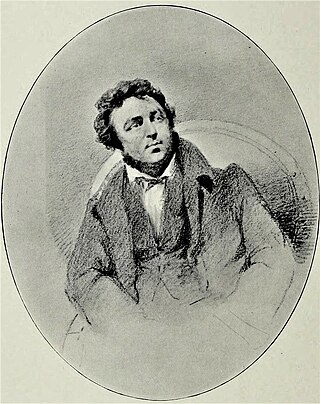
John BerneyCrome was an English landscape and marine painter associated with the Norwich School of painters. He is sometimes known by the nickname 'Young Crome' to distinguish him from his father John, known as 'Old Crome'.
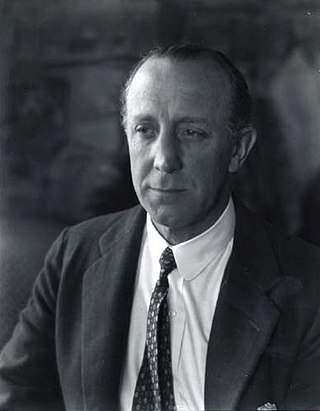
Paul Hampden Dougherty was an American marine painter. Dougherty was recognized for his American Impressionism paintings of the coasts of Maine and Cornwall in the years after the turn of the 20th century. His work has been described as bold and masculine, and he was best known for his many paintings of breakers crashing against rocky coasts and mountain landscapes. Dougherty also painted still lifes, created prints and sculpted.
Harry Barr (1896-1987) was a painter. He produced a large body of work, the majority in watercolour.

James Ranalph Jackson (1882-1975) was an Australian painter, perhaps best known for painting views of Sydney harbour. Today, his work hangs in public galleries in both Australia and New Zealand. The Art Gallery of New South Wales has 16 of his paintings, however none are currently on display.

The Grafton Galleries, often referred to as the Grafton Gallery, was an art gallery in Mayfair, London. The French art dealer Paul Durand-Ruel showed the first major exhibition in Britain of Impressionist paintings there in 1905. Roger Fry's two famous exhibitions of Post-Impressionist works in 1910 and 1912 were both held at the gallery.
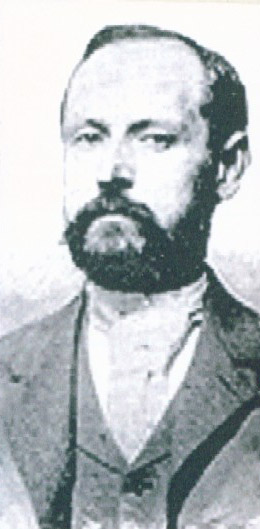
Hugh Bolton Jones was an American landscape painter. He grew up in Baltimore, Maryland, where he received his early training as an artist. While studying in New York he was strongly influenced by Frederic Edwin Church of the Hudson River School. After spending four years in Europe he settled in New York in 1881, where he shared a studio with his brother Francis Coates Jones for the rest of his long life. He was celebrated for his realistic depictions of calm rural scenes of the eastern United States at different times of the year, usually empty of people. He won prizes in several major exhibitions in the US and France. His paintings are held in public collections such as the Metropolitan Museum of Art and the Smithsonian Institution.
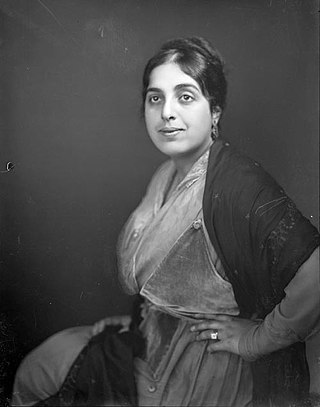
Hermina "Mina" Arndt was a New Zealand artist.
Mary Davis, Lady Davis was a British artist known as a designer and painter of fans.

















